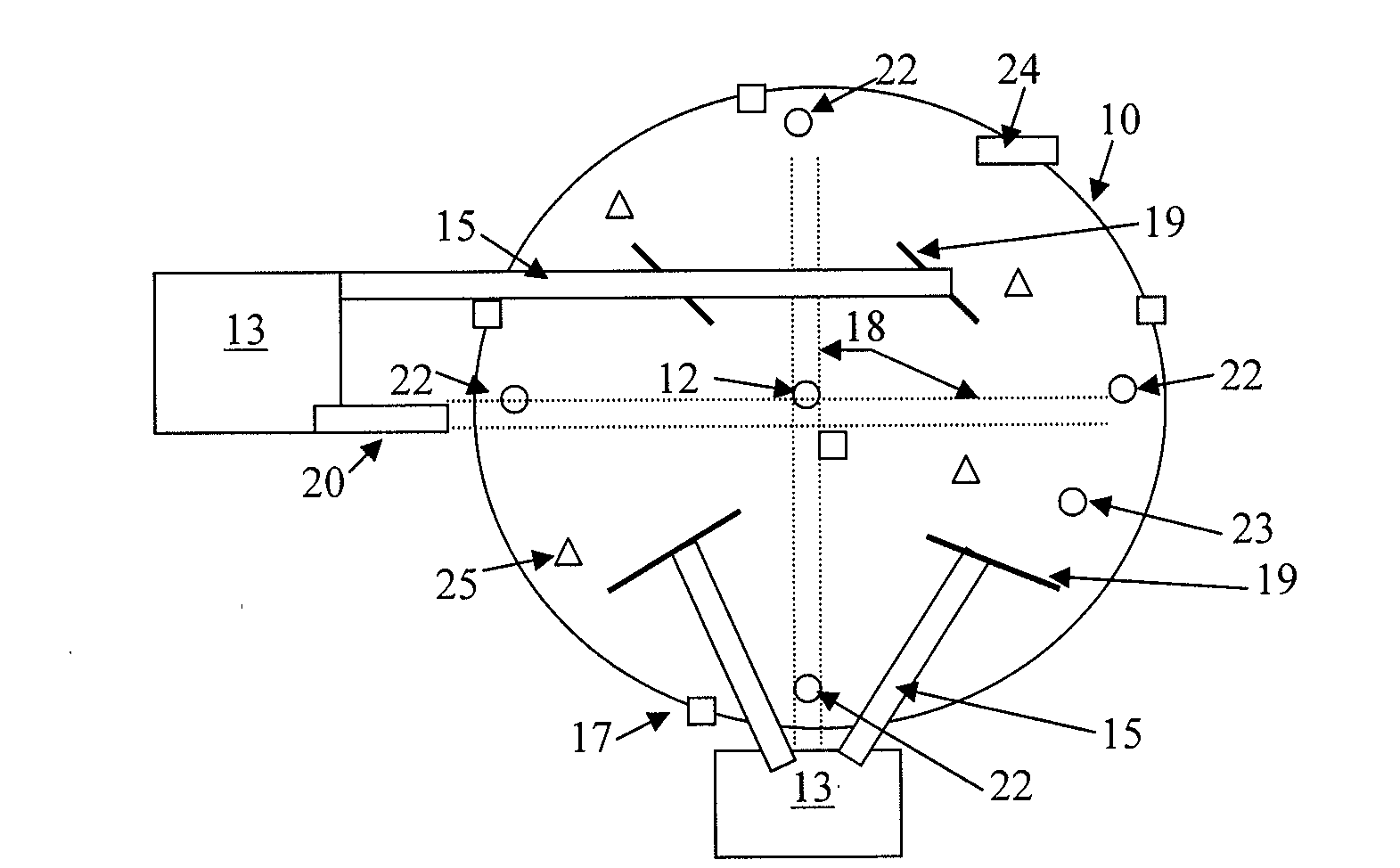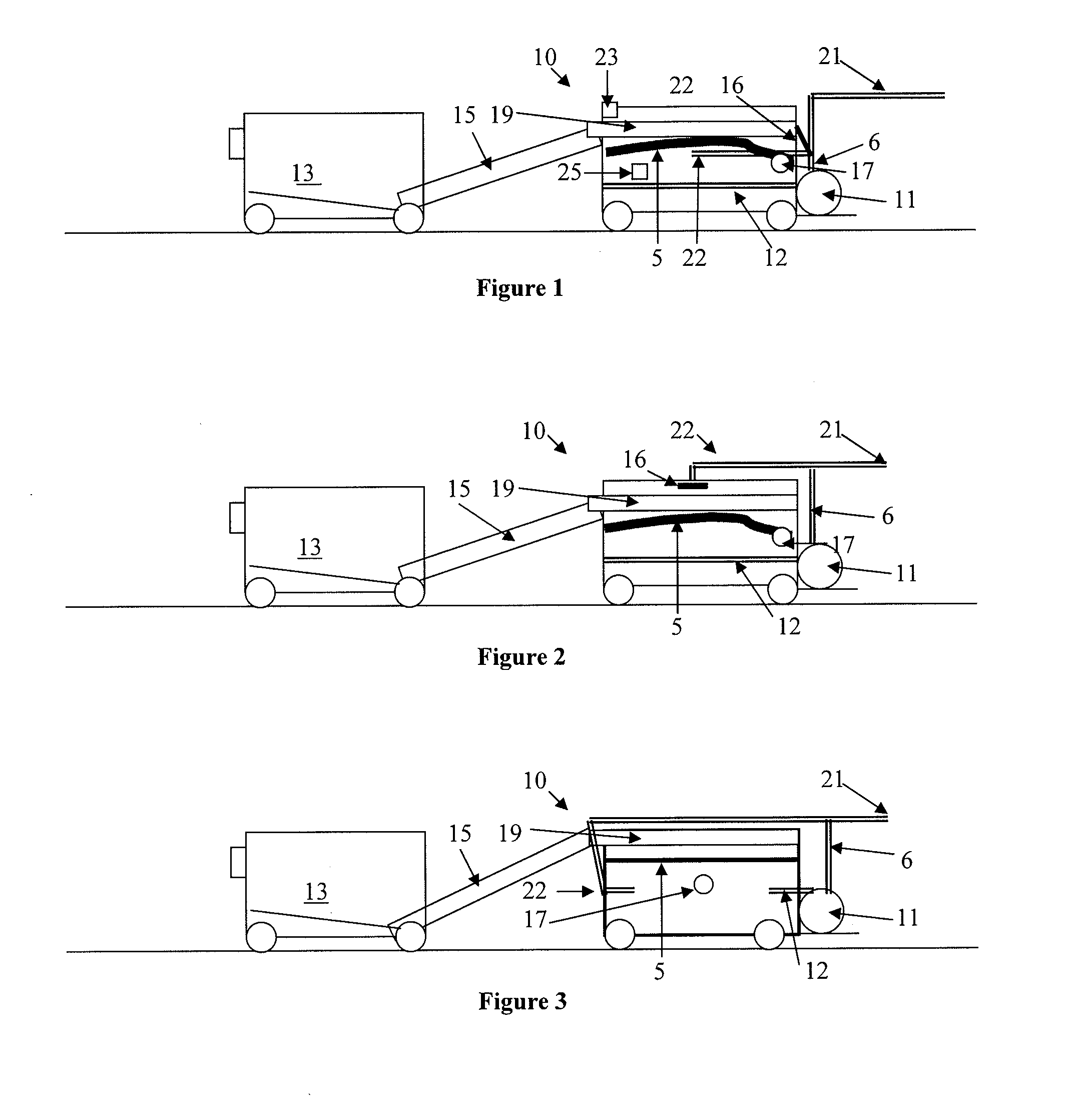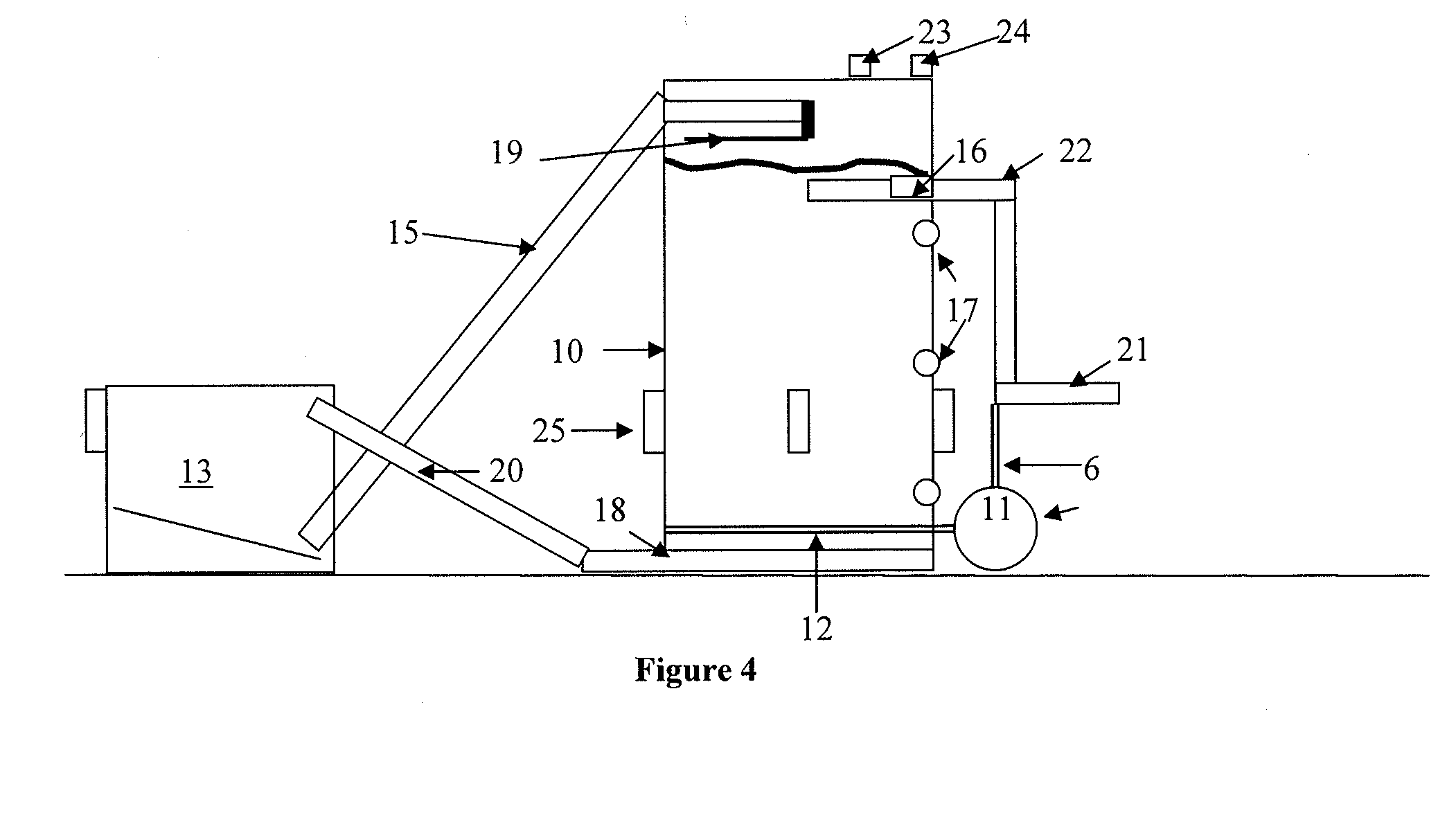Method and apparatus for steam biomass reactor
a biomass reactor and steam technology, applied in the field of steam biomass reactor methods and apparatuses, can solve the problems of consuming a lot of water, decomposing all of manure or waste, and a major problem in the disposal of waste, so as to facilitate the decomposition of organic materials, reduce the amount of moisture, and slow the migration of steam through the material
- Summary
- Abstract
- Description
- Claims
- Application Information
AI Technical Summary
Benefits of technology
Problems solved by technology
Method used
Image
Examples
Embodiment Construction
,” one will understand how the features of these inventions provide advantages, which can include, for example: minimization of the amount of liquid introduced into the reactor, total moisturization, increased methane and CO2 production, and production of methane having higher Btu values as compared to methane produced in other reactors.
[0009]Whereas wet reactors in use today operate in the aqueous phase, the methods and apparatus disclosed herein can operate in the vapor to bio-film phase. Steam expands 1,600 times its original volume. Therefore, much less water can be required to biodegrade the organic waste with steam and produce a maximum amount of biogas with little to no wastewater. Moisture and heat accelerates decomposition of organic refuse. Pilot Study data from steam injection in landfills indicates that 1 volume of steam can create 1 equal volume of landfill gas or biogas.
[0010]Some embodiments provide a method of injecting steam into a sealed vessel that is loaded with ...
PUM
| Property | Measurement | Unit |
|---|---|---|
| Temperature | aaaaa | aaaaa |
| Height | aaaaa | aaaaa |
| Level | aaaaa | aaaaa |
Abstract
Description
Claims
Application Information
 Login to View More
Login to View More - R&D
- Intellectual Property
- Life Sciences
- Materials
- Tech Scout
- Unparalleled Data Quality
- Higher Quality Content
- 60% Fewer Hallucinations
Browse by: Latest US Patents, China's latest patents, Technical Efficacy Thesaurus, Application Domain, Technology Topic, Popular Technical Reports.
© 2025 PatSnap. All rights reserved.Legal|Privacy policy|Modern Slavery Act Transparency Statement|Sitemap|About US| Contact US: help@patsnap.com



